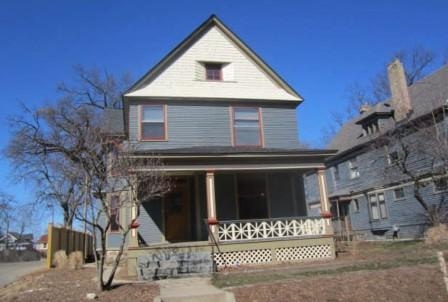There are two valuations of your home that relate to your property insurance: market value and replacement cost.
The market value is the price a home would sell for in the current real estate market. It’s the figure you’re primarily concerned with when buying or selling a home. The market value of a home is reflective of a variety of factors including supply & demand for houses in the area, the condition of the home, the size & value of the lot, and the desirability of the neighborhood in which a home is located.
The replacement value is what it would cost to rebuild the same house. This figure is based on the costs of materials and labor to rebuild a home using the same kind and quality of materials as the current construction.
The most common type of home insurance is a replacement cost policy. This type of home insurance policy provides the most comprehensive coverage and is designed to provide sufficient dollars to rebuild in the event of a total loss.
If the cost of replacing a home is significantly more than what the home is currently worth an insurance company may not be willing to offer a replacement cost policy. The insurance company may instead offer a repair cost home insurance policy.
The specific guidelines of when a repair cost home insurance policy will be offered instead of a replacement cost policy will be a little different from one insurance company to the next. Typically, repair cost policies are offered when the market value (or purchase price) of a home is less than 60% of what it would cost to rebuild that home.
A repair cost home insurance policy has two significant differences in comparison to a replacement cost policy:
- Partial losses are settled based on the cost to repair, rebuild, or replace covered damage to the home to a condition and appearance similar to that before the loss. Repair cost policies are often used for older, well maintained homes where unique construction elements contribute to a higher cost to rebuild. This stipulation means the insurance company is not required to use the same kind and quality of materials allowing them to instead use conventional materials and construction methods where doing so saves money – an example would be replacing plaster walls in an older home with drywall.
- The maximum amount the insurance will pay is the market value of the home, which would be stated on a repair cost policy as the dwelling limit.
It’s important to understand those coverage distinctions. For partial losses a repair cost home insurance policy will function much the same as a replacement cost policy, but if you suffer a total loss a repair cost policy will provide limited coverage – only paying the market value of your home, rather than the full cost to rebuild.

